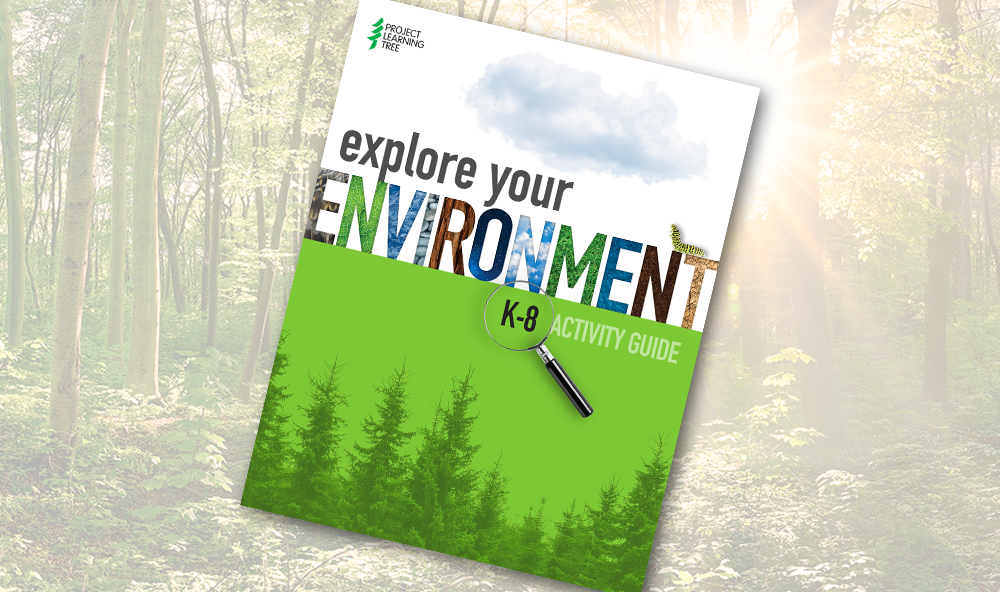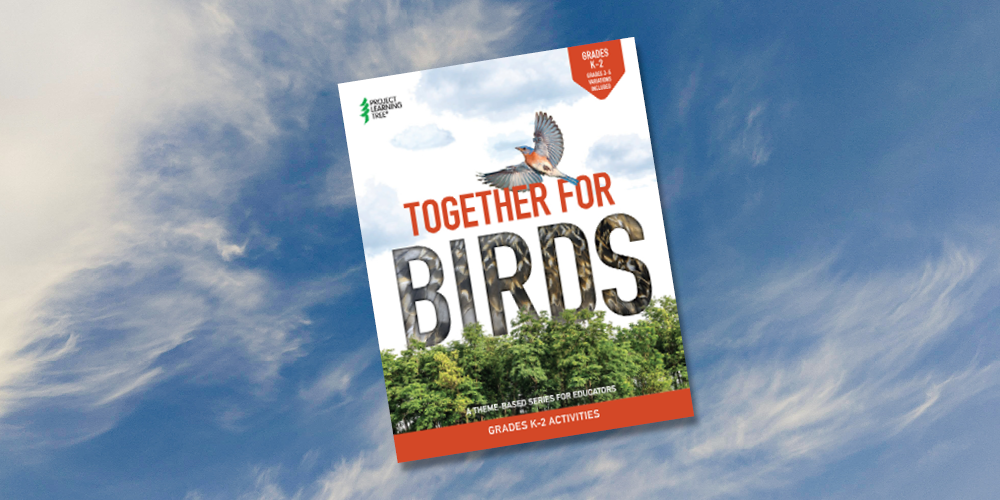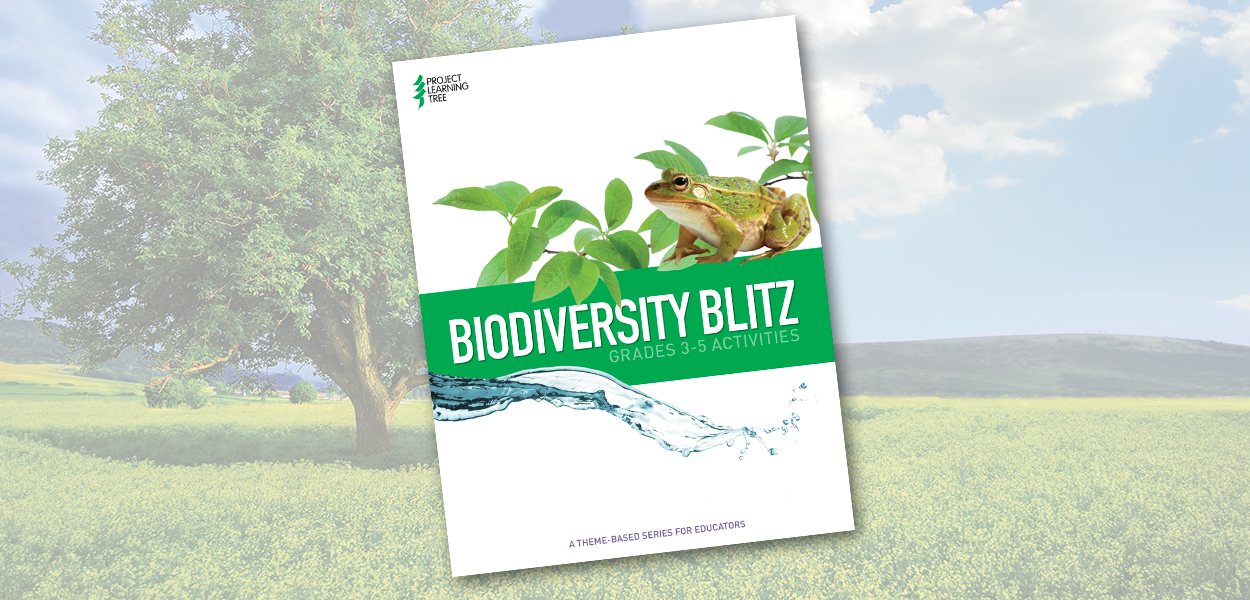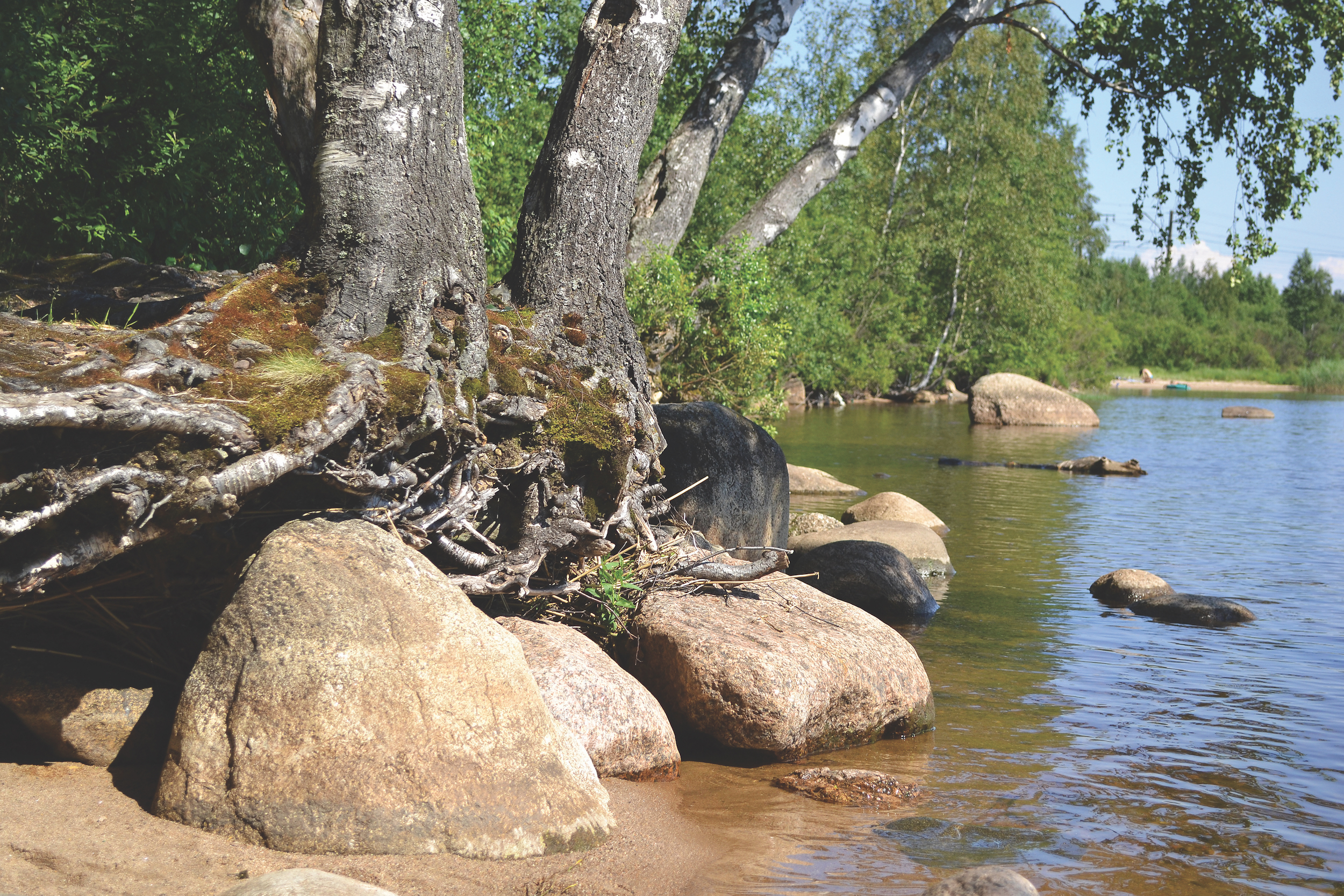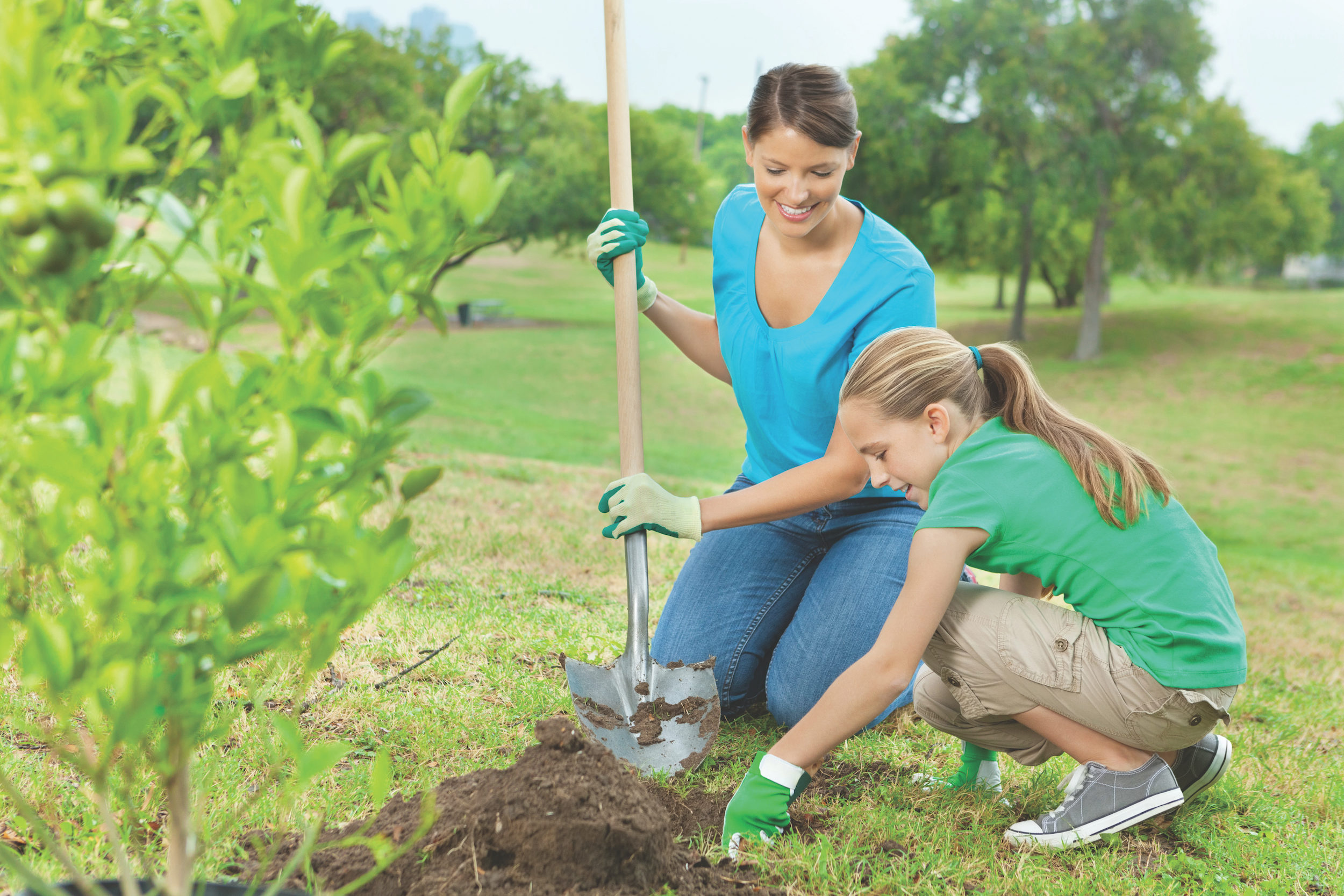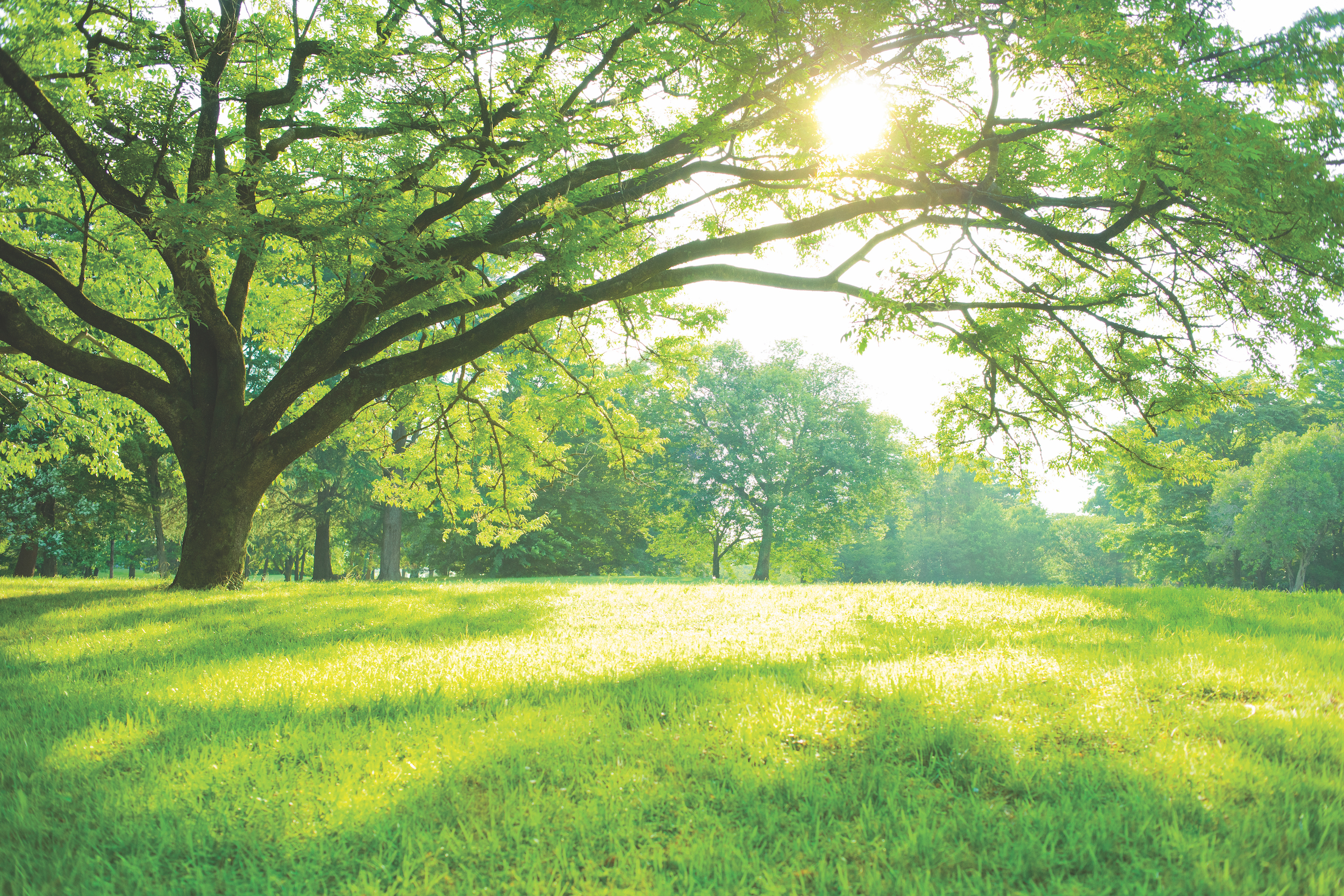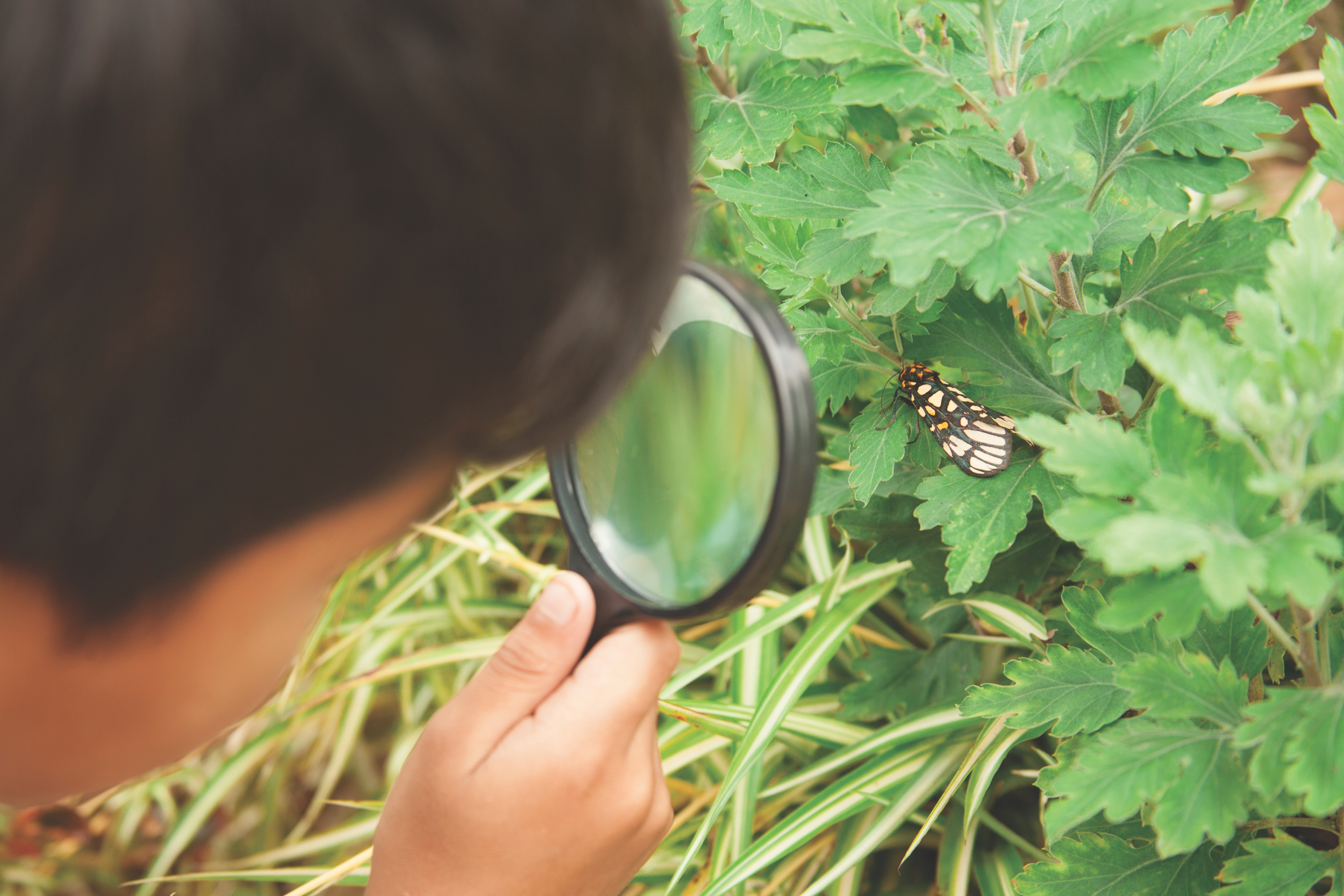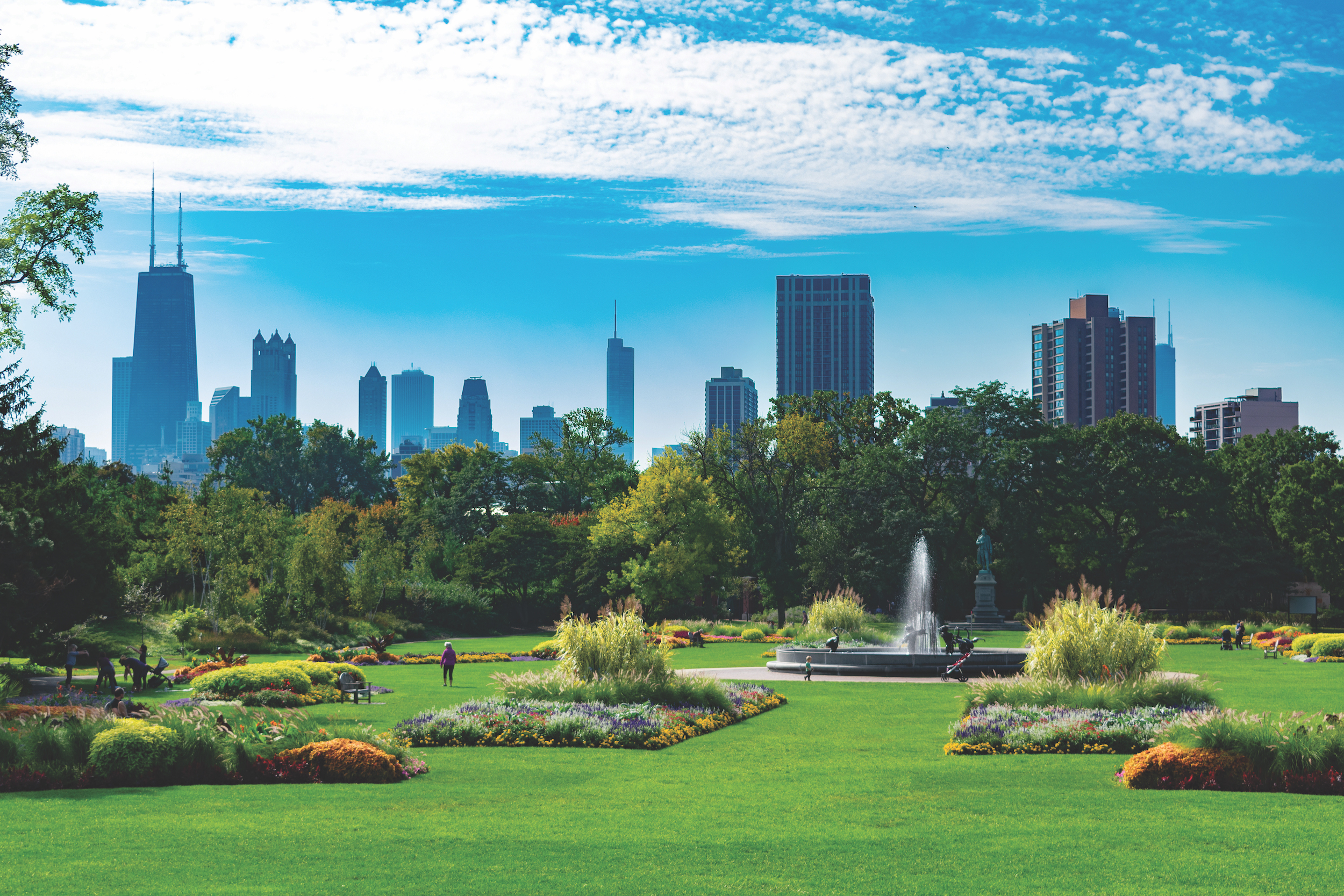July 10, 2023 | By Megan Annis
Together for Birds invites students to investigate ways that birds and other living things depend on their habitat to live. It is designed for educators of students in grades K-2, with variations for grades 3-5.
November 28, 2022 | By Rae
Biodiversity Blitz, part of PLT’s themed series for educators, features three grades 3-5 activities that invite learners to investigate species variability in an ecosystem, and how this variability – or biodiversity – helps sustain life on Earth.
December 28, 2020 | By Project Learning Tree
Students conduct a field study of three different environments as they focus on sunlight, soil moisture, temperature, wind, water flow, plants, and animals in each environment.
December 28, 2020 | By Project Learning Tree
Students explore differences in soil types and what those differences mean to people and to plants. They also investigate the role soil organisms play, both in building soil and in decomposition.
December 28, 2020 | By Project Learning Tree
This fun and active modeling simulation reviews the conditions that trees need to live and grow, while also demonstrating that trees must compete to meet their needs.
December 28, 2020 | By Project Learning Tree
Every organism needs food, water, shelter, and space. A place that meets all these needs is called a habitat. Students will explore a nearby habitat—their backyard, schoolyard, or other outdoor setting—to look for signs of animals living there.
November 12, 2020 | By Project Learning Tree
By conducting research and modeling a food web, students take a close look at a forest ecosystem and discover ways that plants and animals are connected to one another.
November 12, 2020 | By Project Learning Tree
Students imagine that they are visitors from outer space, viewing life on Earth for the first time. By describing in minute detail all the life they find in a small plot of land, they will become more aware of the diversity and abundance of life.
September 29, 2020 | By Project Learning Tree
The trees in our communities provide many benefits: they improve air quality, store carbon, and conserve energy.
